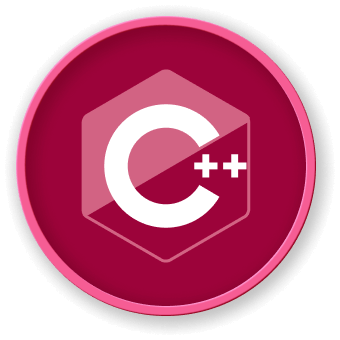Memory Management Tips
Memory Allocation Strategies
Effective memory management is crucial when working with zero-sized and flexible arrays. This section explores advanced techniques to optimize memory usage and prevent common pitfalls.
Memory Allocation Techniques
graph TD
A[Memory Allocation] --> B[Static Allocation]
A --> C[Dynamic Allocation]
A --> D[Smart Pointer Allocation]
Allocation Methods Comparison
| Method |
Pros |
Cons |
| malloc |
Low-level control |
Manual memory management |
| new |
C++ standard |
Potential overhead |
| std::unique_ptr |
Automatic cleanup |
Slight performance impact |
Safe Memory Allocation Example
#include <memory>
#include <iostream>
class SafeMemoryManager {
private:
std::unique_ptr<char[]> dynamicBuffer;
size_t bufferSize;
public:
SafeMemoryManager(size_t size) :
dynamicBuffer(std::make_unique<char[]>(size)),
bufferSize(size) {
std::cout << "Allocated " << bufferSize << " bytes" << std::endl;
}
char* getData() {
return dynamicBuffer.get();
}
size_t getSize() const {
return bufferSize;
}
};
int main() {
// Automatic memory management
SafeMemoryManager manager(1024);
// Use the buffer safely
char* data = manager.getData();
return 0;
}
Memory Leak Prevention
graph LR
A[Memory Leak Prevention] --> B[RAII Principle]
A --> C[Smart Pointers]
A --> D[Automatic Resource Management]
Advanced Memory Management Techniques
Custom Memory Allocators
class CustomAllocator {
public:
static void* allocate(size_t size) {
void* memory = ::operator new(size);
// Additional custom allocation logic
return memory;
}
static void deallocate(void* ptr) {
// Custom deallocation logic
::operator delete(ptr);
}
};
LabEx Recommended Practices
- Always use smart pointers when possible
- Implement RAII (Resource Acquisition Is Initialization)
- Avoid manual memory management
- Use standard library containers
Memory Alignment Considerations
struct AlignedStructure {
alignas(16) char data[64]; // Ensure 16-byte alignment
};
- Minimize dynamic allocations
- Use memory pools for frequent allocations
- Leverage move semantics
- Implement custom allocators for specific use cases
Error Handling and Debugging
Memory Allocation Failure Handling
void* safeAllocation(size_t size) {
try {
void* memory = std::malloc(size);
if (!memory) {
throw std::bad_alloc();
}
return memory;
} catch (const std::bad_alloc& e) {
std::cerr << "Memory allocation failed: " << e.what() << std::endl;
return nullptr;
}
}
Conclusion
Effective memory management requires a combination of:
- Modern C++ techniques
- Smart pointer usage
- Careful allocation strategies
- Performance considerations




